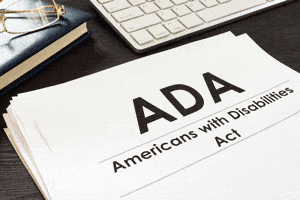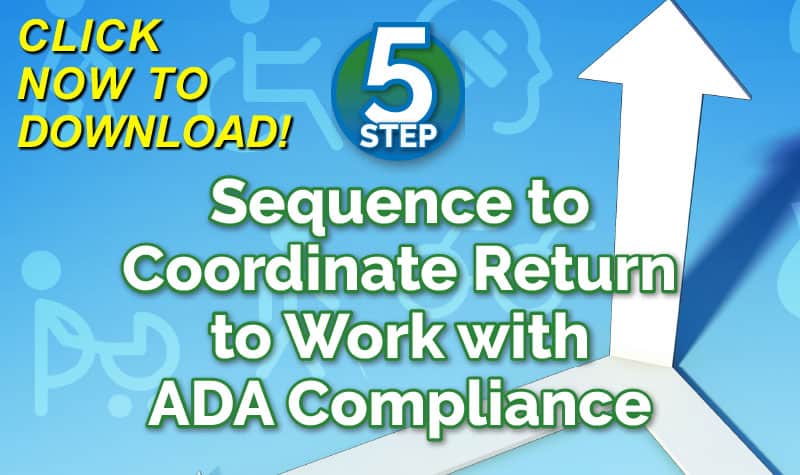Disability Rating
Among the first items in the adjuster’s Action Plan to settle the claim is to establish the value of the claim. For the adjuster to establish a proper evaluation of the claim, a thorough review of the medical reports is needed immediately following the employee reaching Maximum Medical Improvement (MMI). The review of medical reports is not limited to the treating physician(s) medical reports. It should include a review of a medical treatment synopsis completed by the nurse case manager or medical director and the report(s) of an Independent Medical Examiner (IME) and/or Peer Review where permitted.
When the treating doctor determines the employee has reached MMI, the doctor will assign a disability rating, either a Permanent Partial Disability (PPD) rating or a Permanent Total Disability rating (PTD). In those few states where a “schedule” is used to determine the amount owed to the employee for the disability rating, and the Industrial Commission or Workers’ Compensation Board or judicial system does not allow any deviation from the schedule, the settlement value of the workers’ compensation claim is straightforward. In most states, the value of the disability schedules becomes diluted making the settlement of workers’ compensation claims much more varied.
Click Link to Access Free PDF Download
“5-Step Sequence to Coordinate Return-to-Work with ADA Compliance”
Transitional Duty Program
A significant portion of large workers’ compensation claims can be reduced or eliminated through the proper use of a transitional duty program. Resource: Transitional Duty Cost Calculator, a FREE on-line tool: http://reduceyourworkerscomp.com/transitional-duty-cost-calculator.php The Risk Management Department should establish a transitional duty program and be sure all departments implement it. All employees should return to work as soon as medically able. When injured employees remain at home, they risk becoming psychologically “dis-employed.” Or, put another way, they like staying home and are not inclined to return to work.
Ending Transitional Duty – A RTW program brings the injured worker into the familiar workplace – an environment where they are comfortable, can be with their work associates and feel productive while healing. RTW programs are always designed to meet the abilities of the injured person based on medical assessment and, most importantly, have an end date. The end date must be somewhat flexible and the HR department must discuss reasonable accomodations under the ADA once the employee reaches MMI, if the employee wishes to have an accomodation. Employees can not simply be terminated if they are not back to work at an arbitrary end of leave date. This is an issue you must discuss with HR or Legal.
Americans with Disabilities Act (ADA) Issues
For employers falling within the jurisdiction of the ADA, there may be ADA implications when an employee is capable of returning to work but the employer does not have a transitional duty program. There are ADA requirements for employees with permanent medical restrictions affecting major life activities.
If an employee has restrictions and but can perform the essential functions of the pre-injury job with or without accommodations, there must be a process in place to discuss this with the employee to determine how to make a workforce accommodation. The key questions are: Is there a request for reasonable accommodations and can we provide it?
Make sure to work with your broker and TPA so all requirements are considered and those under the purveiw of the TPA are included in the account instructions.
Author Robert Elliott can be contacted at: Robert_Elliott@ReduceYourWorkersComp.com or 860-553-6604.
“FRAUD PREVENTION” PODCAST click here: http://www.workerscompkit.com/gallagher/mp3
By: Private investigator with 25 years experience.
WC Calculator: http://www.reduceyourworkerscomp.com/calculator.php
Do not use this information without independent verification. All state laws vary. You should consult with your insurance broker about workers’ comp issues.
©2009 Amaxx Risk Solutions, Inc. All rights reserved under International Copyright Law.










